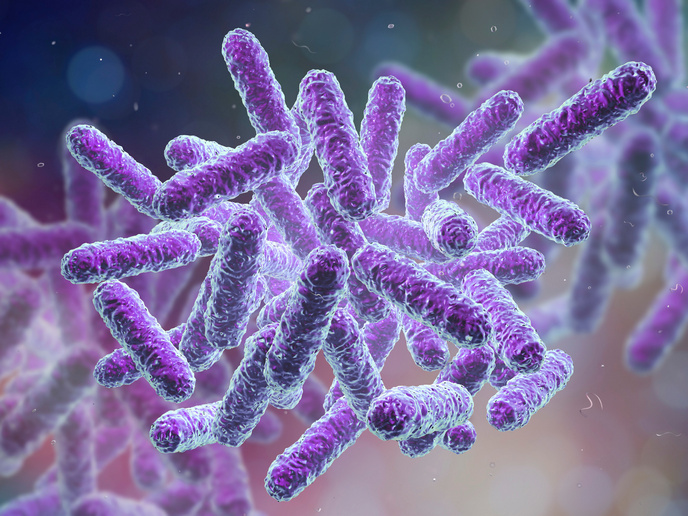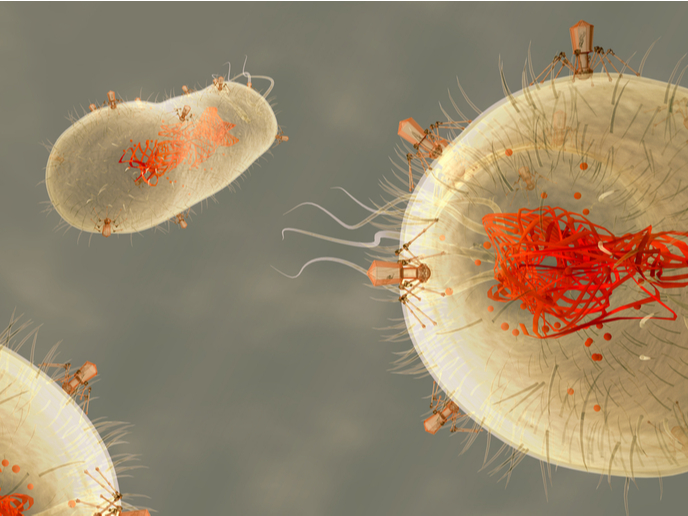Gut microorganisms aid adaptation to environmental change
The aim of the ANSWER (Adaptation to cyanobacteria through the symbiotic microbiota in the waterflea Daphnia) project was to investigate the role of gut microbiota in adaptation to stressful and changing environments. Scientists used the waterflea Daphnia and its ability to adapt to harmful algal blooms as a model system. Harmful blooms of cyanobacteria, commonly known as blue-green algae, have significantly increased in lakes, ponds and reservoirs across the world as a result of eutrophication and climate change. These blooms represent a threat to livestock and human health due to their release of powerful toxins in the water. Therefore understanding the mechanisms underlying resistance to toxic cyanobacteria is essential to predicting how aquatic communities respond to such disturbances and how harmful algal blooms (HABs) can be prevented or controlled. This is particularly important for those zooplankton grazers that play a key role in freshwater food webs and also in controlling cyanobacterial HABs (cyanoHABs). Researchers compared germ-free and conventional Daphnia under different diets, which showed that the microbiota were essential for the fitness of Daphnia. The strength of the mutualistic interaction was dependent on food availability. Results also revealed that genotype-dependent gut microbiota drive resistance to toxic cyanobacteria in Daphnia. They suggested that gut microbiota responded to become more efficient in dealing with cyanobacteria after exposure. Analysis of the gut microbial community using next-generation sequencing of 16S rDNA showed that resistance was associated with changes in microbiota structure. This included a significant increase in the proportion of bacteria taxa involved in the digestion of cyanobacterial cells and the detoxification of cyanobacterial toxins. ANSWER indicated that resistance to cyanobacteria in Daphnia is determined by the gut microbiota, which may drive both acclimatisation and adaptation to cyanoHABs. Gut microbiota may therefore play an important role in the co-evolution between toxic cyanobacteria and the organisms that graze on them, and a key factor in how freshwater systems respond to global warming.







